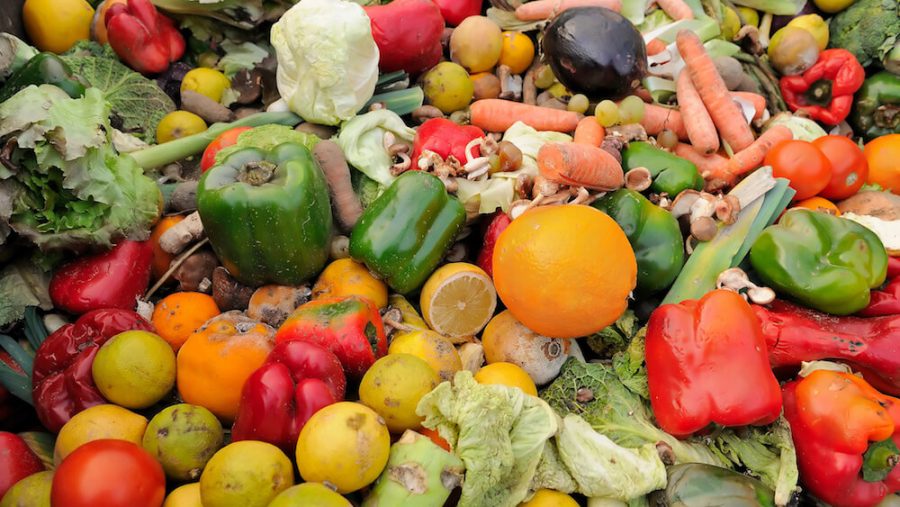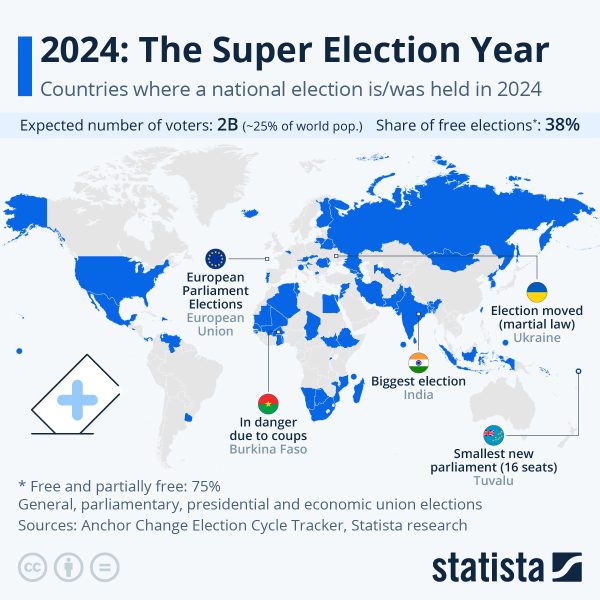Food Waste & Hunger
May 5, 2021
Going through your cupboards and fridge to throw out old, expired, forgotten-about food is something many of us have done at some point or another, if not often. It is a common occurrence in my own home and has been throughout my childhood. We buy a few too many vegetables that are left until they go bad, forget about the cans in the back of the cupboard, accidentally leave leftovers out, and it all goes in the trash. Until recently, I never thought anything of it, but as we threw away yet another round of expired food, I began to think. How come, I thought to myself, my family had excess food to throw out when many people in our very own country do not have enough? How big of a problem is food waste, I wondered, and is reducing it the solution to hunger we need?
Let’s start with the facts: around 80 billion pounds of food is wasted every year in America, which means that, on average, each American wastes 219 pounds of food. Wasted food is excess food tossed from kitchens like my own, spoiled due to improper storage, a half-eaten meal thrown away at a restaurant, and so much more. With billions and billions of pounds of wasted food, some might think that everyone must already have enough to eat, and we are simply overproducing. Wrong. There are 37 million food-insecure people in our country, people who do not have a stable food source due to financial, location, or other reasons. About 12% of households fall under this category. It is counter-intuitive, but even with all of our wasted food, many people still go hungry.
So, where is food waste coming from? It is easy to point fingers at households and consumers, as many have had personal experience throwing out food they didn’t end up eating. Yes, this type of food waste is a problem, but industrial food waste is the biggest contributor to the overall issue. For example, the USDA estimates that large grocery stores waste $15 billion worth of fruits and vegetables alone each year due to high cosmetic expectations for virtually unscathed produce. Along with grocery stores are restaurants that throw out unconsumed goods at the end of each day due to policies that prevent them from saving or donating it, even though it is perfectly edible.

Every problem has a solution, and this issue is no different. Reducing annual food waste by only 15% could provide enough food to sustain 25 million people, which would reduce the number of food-insecure people by 68%. Recovering edible food waste from larger businesses and redistributing it to the food-insecure would solve the hunger problem in America. There are laws to protect businesses that do this, but many aren’t trusting of these protections. Company policies aimed to maximize profit also often would not support this kind of food recycling, as they view donated goods as undermining goods on the market. However, the potential to solve hunger throughout our country and benefit millions of people far outweigh the slight business risks these companies face.






